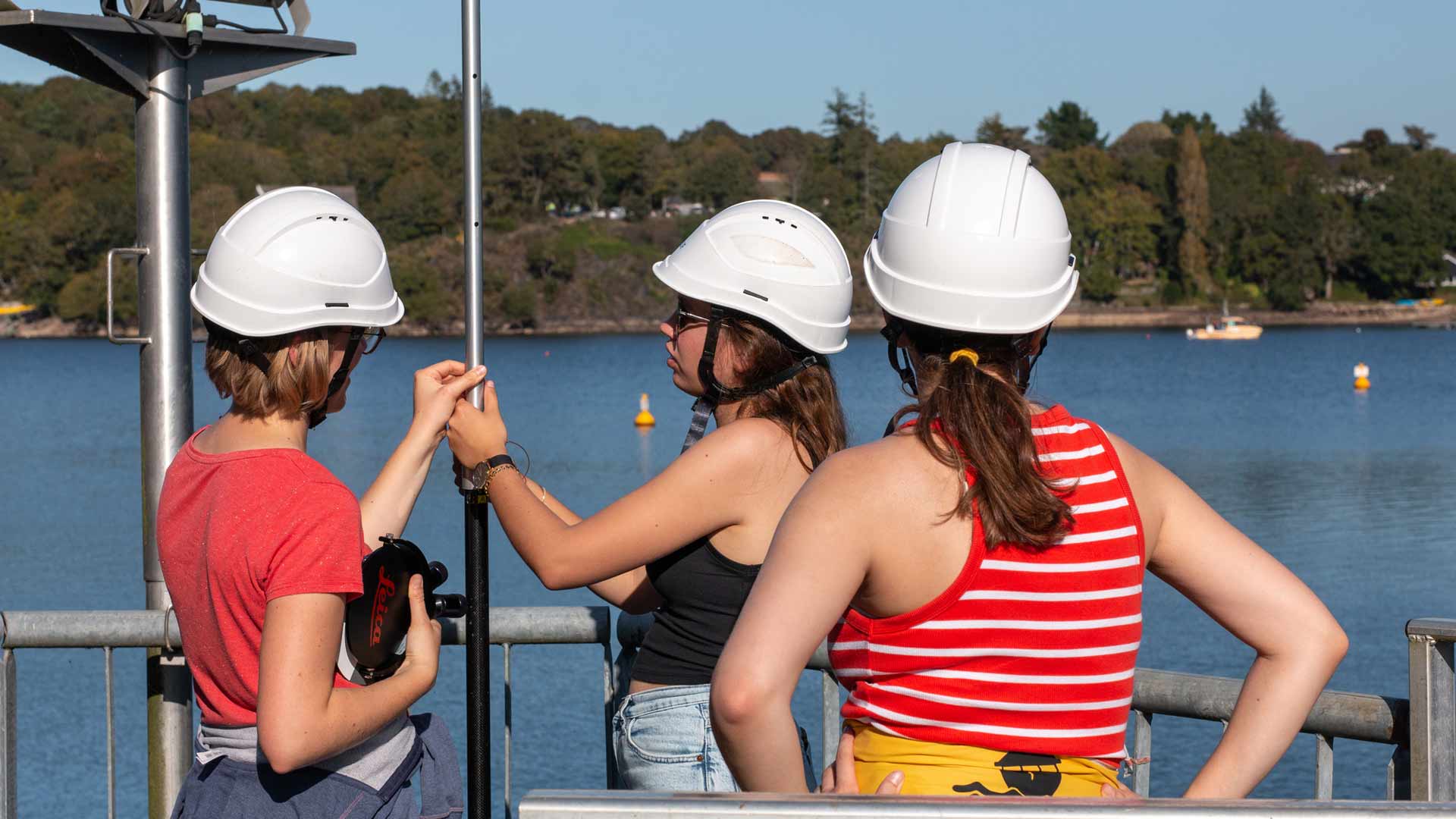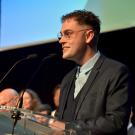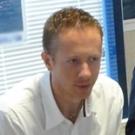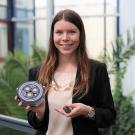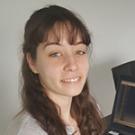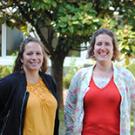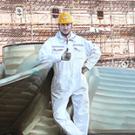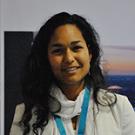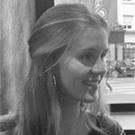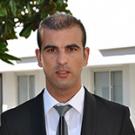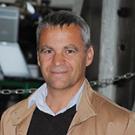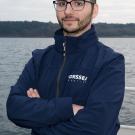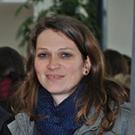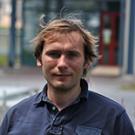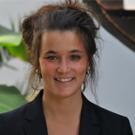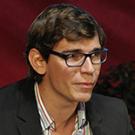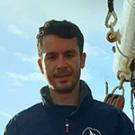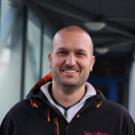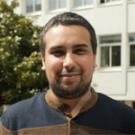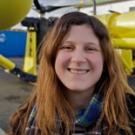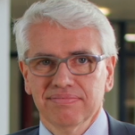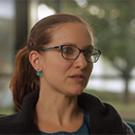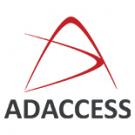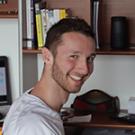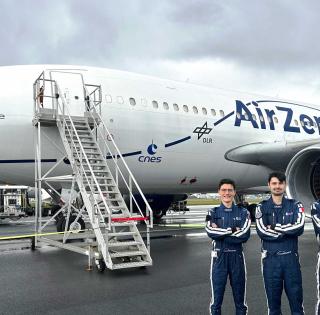
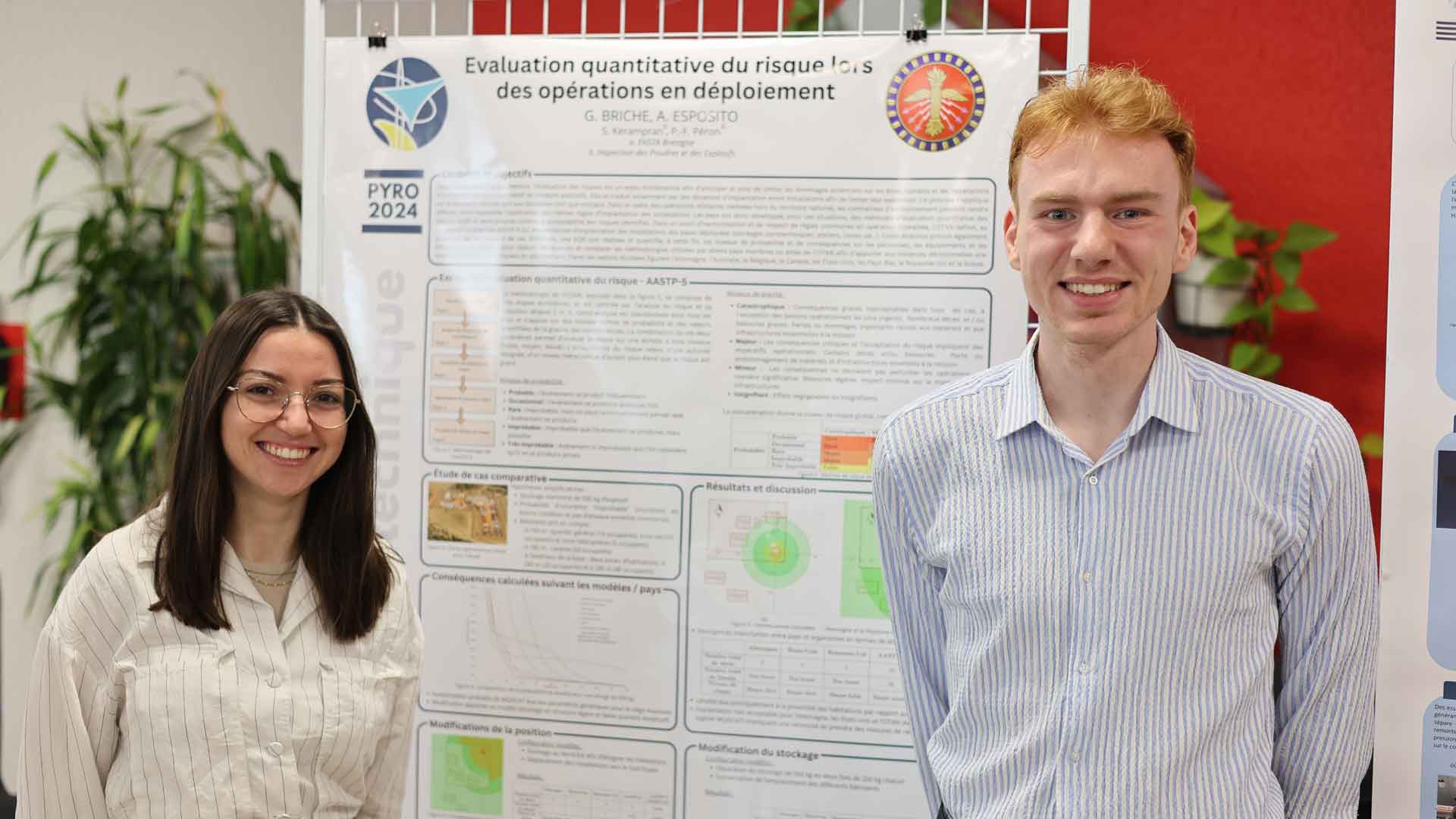
Pyrotechnic systems: quantitative risk assessment during deployment operations
What rules do the various NATO countries and their allies have in place to limit the risk to people and installations?
This is the question that the Institute of Powders and Explosives (Institut des Poudres et Explosifs - IPE) asked Alexane and Guillaume as part of their 3rd year Systems Application Project.
We conducted an extensive bibliographic study based on NATO documents. The aim was to compare the pyrotechnic safety methods used in different countries, taking into account the scales of severity, probability and risk.
In addition, the two engineering students specializing in pyrotechnic systems modeled the impact of a pyrotechnic event on an operational compound, integrating an analysis of the effects generated and risk calculations using NATO software.
In operational situations, France has no legal texts on risk assessment. The aim of this study is therefore to assist the General Staff in its decision-making.
At the end of the project, Alexane and Guillaume delivered a very detailed report to the IPE. For their end-of-study internships, Guillaume chose to work with a major defense company, where he was involved in studying a ramjet in the pre-project phase. As for Alexane, she joined a research laboratory in Grenoble to work on the experimental and numerical characterization of shielding materials.
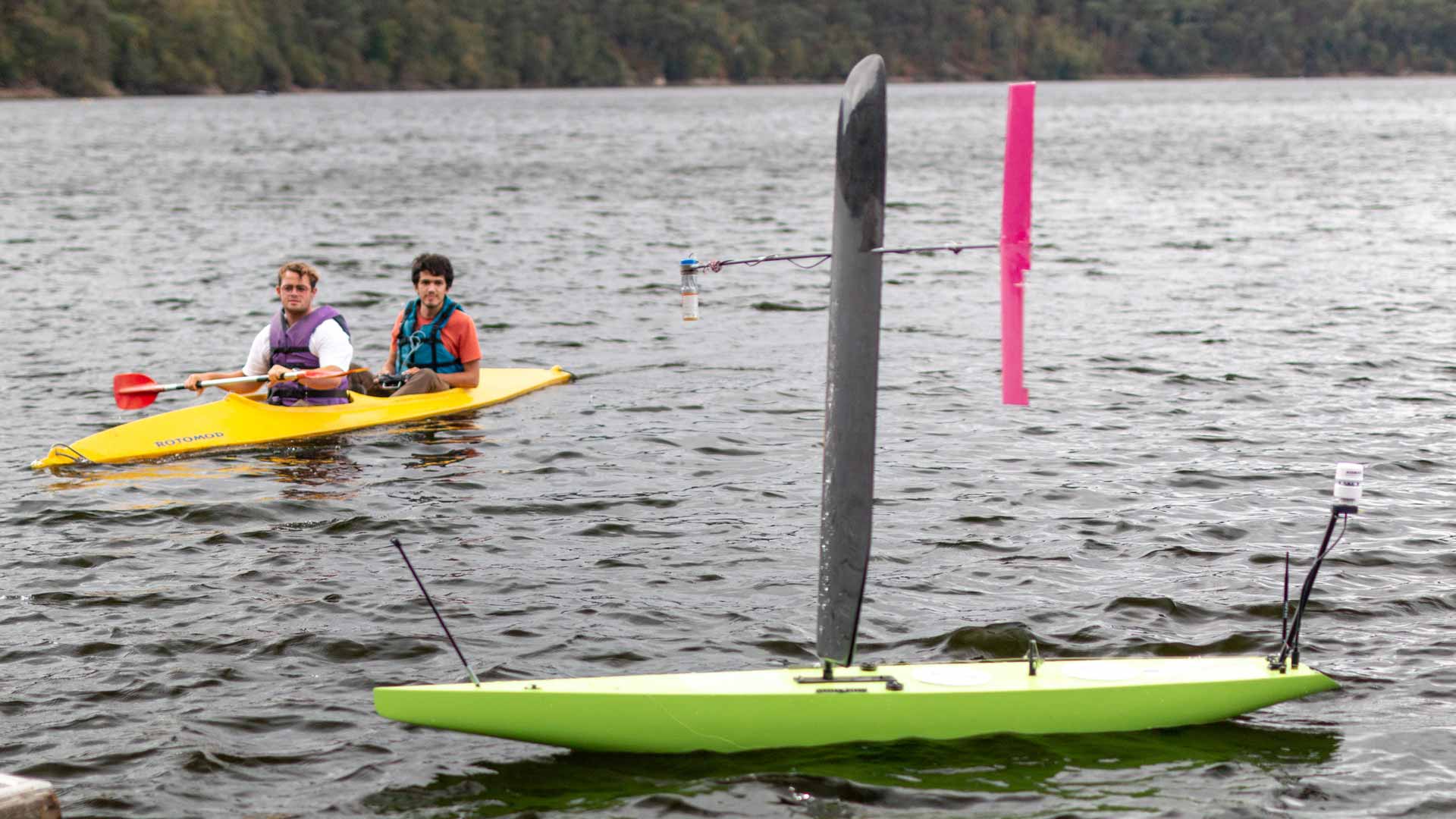
Autonomous robotics: Automation of a rigid wing sailboat
The aim of this project was to develop an autonomous rigid wing sailboat. The prototype used was built by students from the HydroChallenge club, whose ultimate goal is to see their sailboat cross the Atlantic in total autonomy.
Six students specializing in autonomous robotics worked together on the on-board electronics, software architecture, guidance and navigation algorithms, and obstacle detection. This on-board intelligence enables the sailboat to navigate from point A to point B in complete autonomy, taking into account the various environmental conditions (wind, swell, etc.) as well as any obstacles it may encounter.
We took two week-long trips to Lake Guerlédan to test the robotic sailboat in real-life conditions. During the first week, in October 2023, we worked on remotely controlling the boat to see how it reacted and to make sure that everything could be controlled from a distance. During the 2nd week at Lake Guerlédan, in February 2024, we were able to test the navigation, guidance and control algorithms. We had excellent results, with good tracking and tacking (the ability to turn into the wind). It actually went where we wanted it to go!
The project gave students the opportunity to work on a real project using a wide range of skills.
We have identified a few areas for improvement, particularly in obstacle detection, but as things stand, the on-board intelligence of this sailing robot has proven to be reliable.

Hydrography and oceanography: 3D modeling of the Guerlédan dam
Four students are working on a 3D reconstruction of the Guerlédan dam. To do this, they collected a wide range of data using three different pieces of equipment: a multibeam echosounder, a topographic lidar and a camera (for photogrammetry). All of this equipment is used to gather information on submerged and emergent zones, in order to provide EDF with an overall view of the dam that can be used to monitor its installations.
It's a very comprehensive project in that we had to work with a variety of equipment and data sets, merge them, and make sure everything was coherent. This hands-on experience puts our learning into perspective and gives us confidence in our expertise.
The students took advantage of two week-long trips to Lake Guerlédan to calibrate the equipment and conduct the surveys. Then, back on land, they worked on data processing. At the end of the project, Constance, Charlotte, Anne and Lénaïs produced a 3D printed model of the dam to present to EDF.






